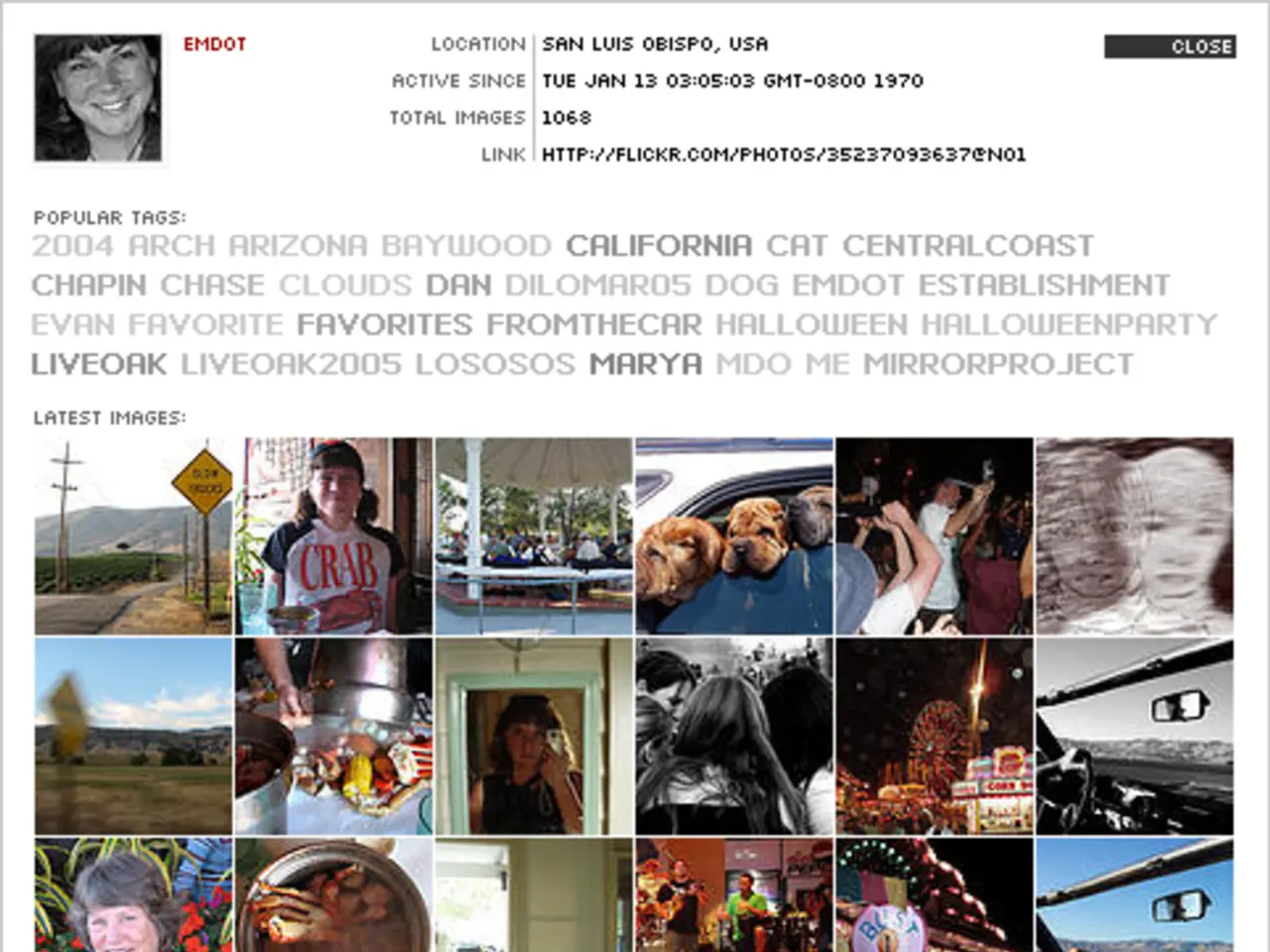Recognizing Learning Styles in Patients: Enhance Teaching Methods through Visual Aids like Infographics
In the realm of healthcare, effective patient education plays a crucial role in improving patient outcomes and reducing hospital readmission rates. This process involves health professionals guiding patients and their caregivers on how to enhance their health, participate in ongoing care, and treatment.
The art of patient teaching encompasses various aspects, one of which is nursing. Nurses are instrumental in patient teaching, particularly during hospital stays and discharge planning. They create nursing teaching plans, engage in conversations with patients, assess their wellbeing, and address any questions they might have. During discharge, nurses educate patients on what to do when they return home, demonstrating simple procedures, medication teaching plans, wound dressing, and glucometer usage, among other things. They also discuss potential complications at home and the warning signs to watch out for.
A key factor in understanding patient education is recognising the various learning styles. The VARK model, for instance, categorises learners into four types: Visual, Auditory, Reading/Writing, and Kinesthetic.
Visual learners thrive on images, diagrams, charts, or spatial representations, helping them visualise concepts or procedures. Auditory learners, on the other hand, absorb information best through listening—spoken explanations, discussions, or audio materials facilitate their understanding. Reading/Writing learners favour text-based input and output, benefiting from reading instructions, written explanations, or writing notes themselves. Kinesthetic learners, however, learn best through physical experience or hands-on activities.
In the context of patients, understanding these styles can help tailor education and communication strategies to improve comprehension and adherence to care. For example, a kinesthetic patient might benefit more from role-playing or practicing a physical task, while a visual patient might require diagrams or videos demonstrating procedures.
Research in cognitive science suggests that the human brain processes text/audio and visual information in two separate channels. This theory, known as the Dual code, underscores the importance of combining different teaching methods to cater to people with various learning styles. Infographics, for instance, are perfect for visually representing medical information and can simplify complex terms by using plain language, figures, pictures, and symbolic tools like graphs, flowcharts, hierarchies, and models.
However, it's essential to note that no conclusive evidence shows that aligning education strictly to one’s VARK style improves outcomes. Awareness of such preferences can aid personalised communication strategies, but a combination of multiple clinician and nursing teaching strategies is often recommended for optimal results.
In conclusion, understanding patient learning styles is a significant step towards effective healthcare education. By tailoring teaching strategies to a patient's preferred learning style, healthcare providers can improve patient understanding, engagement, and, ultimately, health outcomes.
- Science, education, and self-development play a pivotal role in understanding patient education, as they provide tools and knowledge necessary for tailoring teaching strategies to improve patient understanding.
- Nutrition, fitness, mental health, and wellness are all essential components of the holistic approach to patient education, ensuring that patients receive comprehensive guidance on enhancing their health and wellbeing.
- Career development can benefit from effective patient education, as nurses and health professionals learn to adapt their teaching styles to cater to various learning preferences, leading to more effective communication and patient comprehension.
- The integration of multiple teaching methods in patient education, such as infographics, visuals, and audio materials, adheres to the principles of cognitive science and the dual code theory, improving patient engagement and outcomes.




